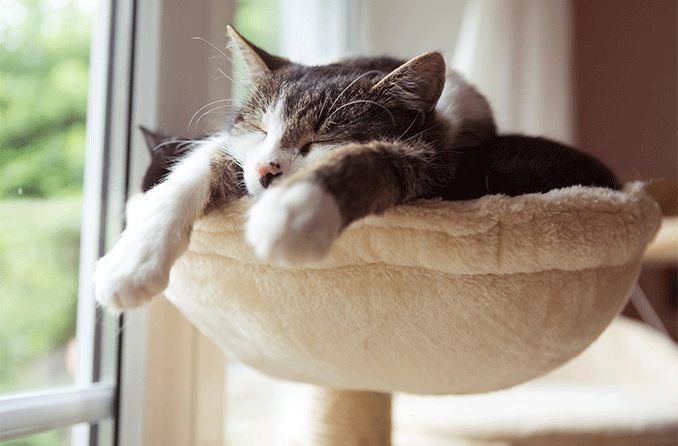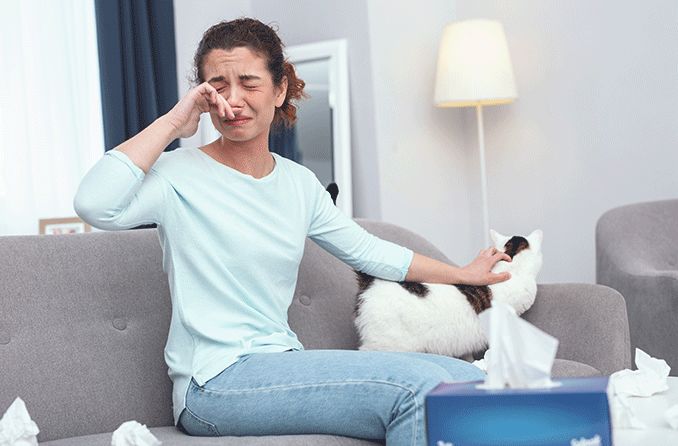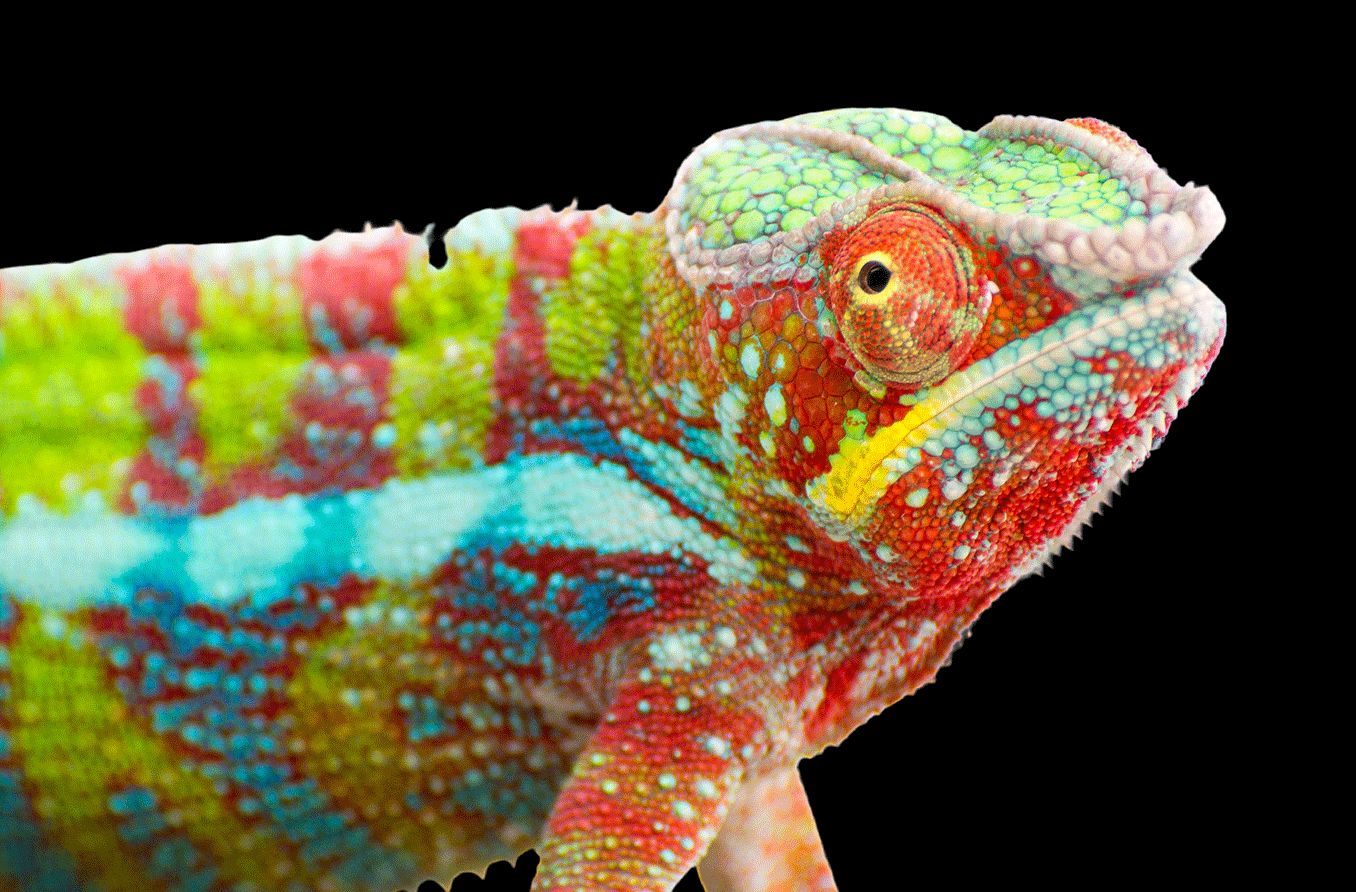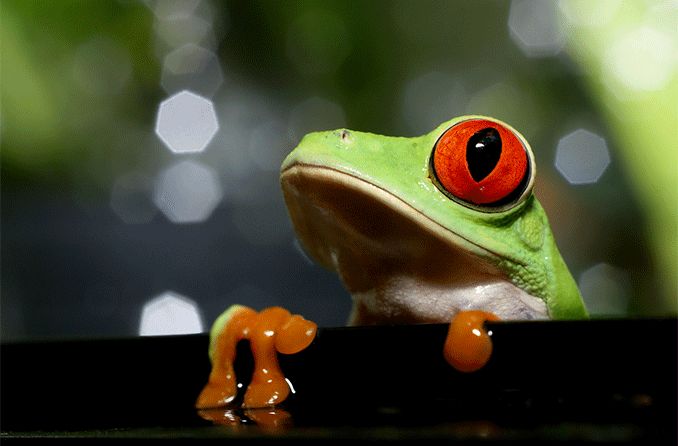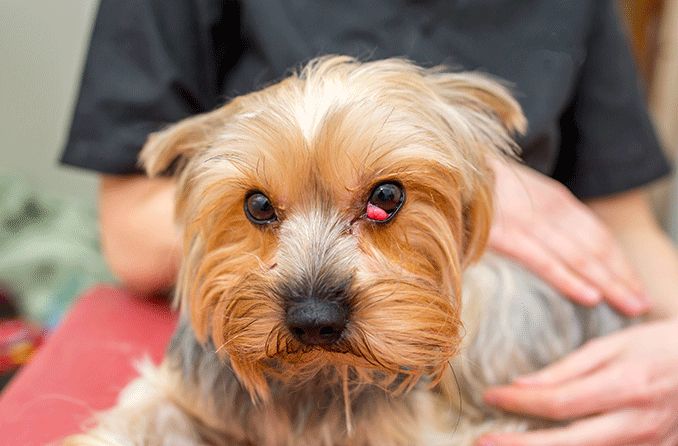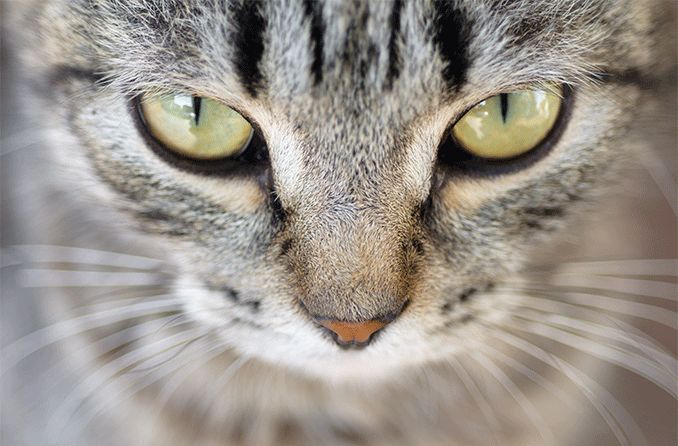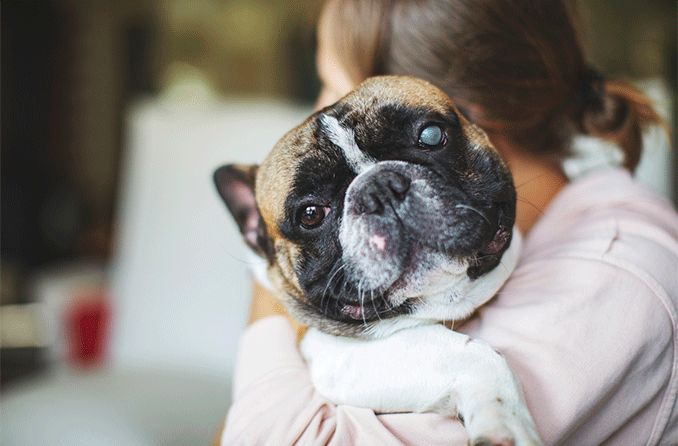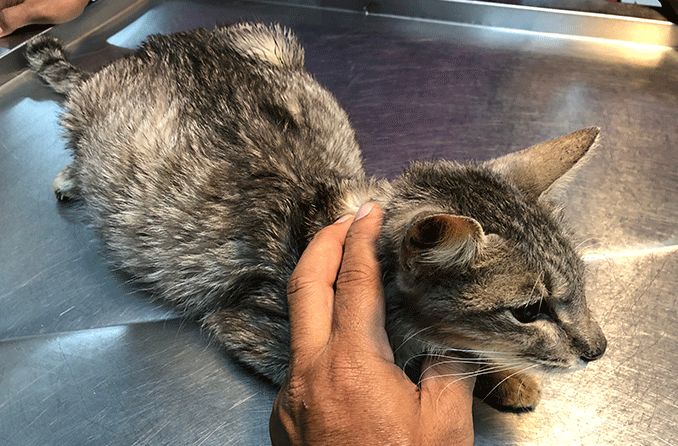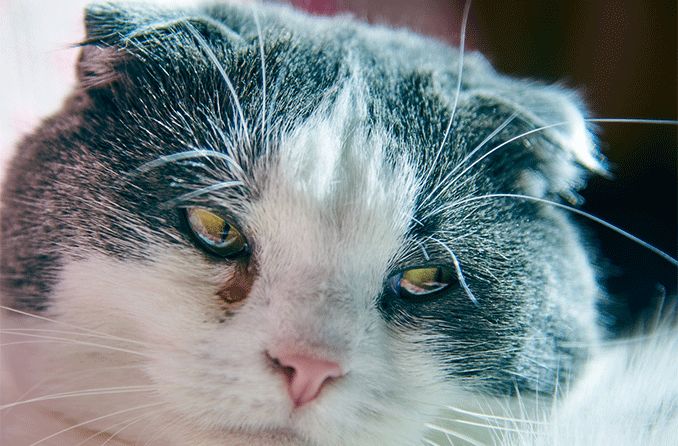What does it mean if a cat’s third eyelid is showing?
Sometimes the third eyelid is visible when your cat first opens their eyes after waking up from a cat nap, as well as when they yawn or blink. These circumstances are all normal and nothing to worry about, unless the third eyelid remains visible for a long period of time.
In a healthy eye, the third eyelid is not constantly visible. If it is in your cat, it could be a sign of a condition that needs veterinary attention.
Although eye conditions are closely associated with protruding third eyelids, the reason your cat may be experiencing such issues will not always be eye-related; other feline illnesses can also trigger eye problems.
Illnesses and conditions that can cause the third eyelid to protrude include injuries, infections and certain underlying conditions, such as:
- Conjunctivitis can be caused by bacteria, allergies or viruses, and can cause symptoms in your cat, including watery eyes, redness, discomfort and protruding third eyelids in some cases.
- Trauma or injury can cause swelling in your cat’s eye, which may include the third eyelid depending on the impact.
- Glaucoma can cause swelling in the eye and may reveal the third eyelid.
- Cherry eye, a condition that causes a cherry-like appearance in the corner of the eye, can cause the lacrimal gland of the third eyelid to slide out of its place. Swelling can occur, and the third eyelid may become visible. Cherry eye is more common in dogs, but it can occur in cats.
- Haw’s syndrome is a common eye condition in cats that causes the third eyelid to protrude. There is no specific cause, though it is often associated with gastrointestinal problems, including diarrhea.
- Upper respiratory infections can cause eye swelling that may include a protruding third eyelid.
- Corneal ulcers can also cause protruding third eyelids.
You may notice an affected third eyelid in either or both of your cat’s eyes. If only one of them is showing, it is likely that the condition present has only impacted one of the eyes — if both are showing, both eyes could be affected.
